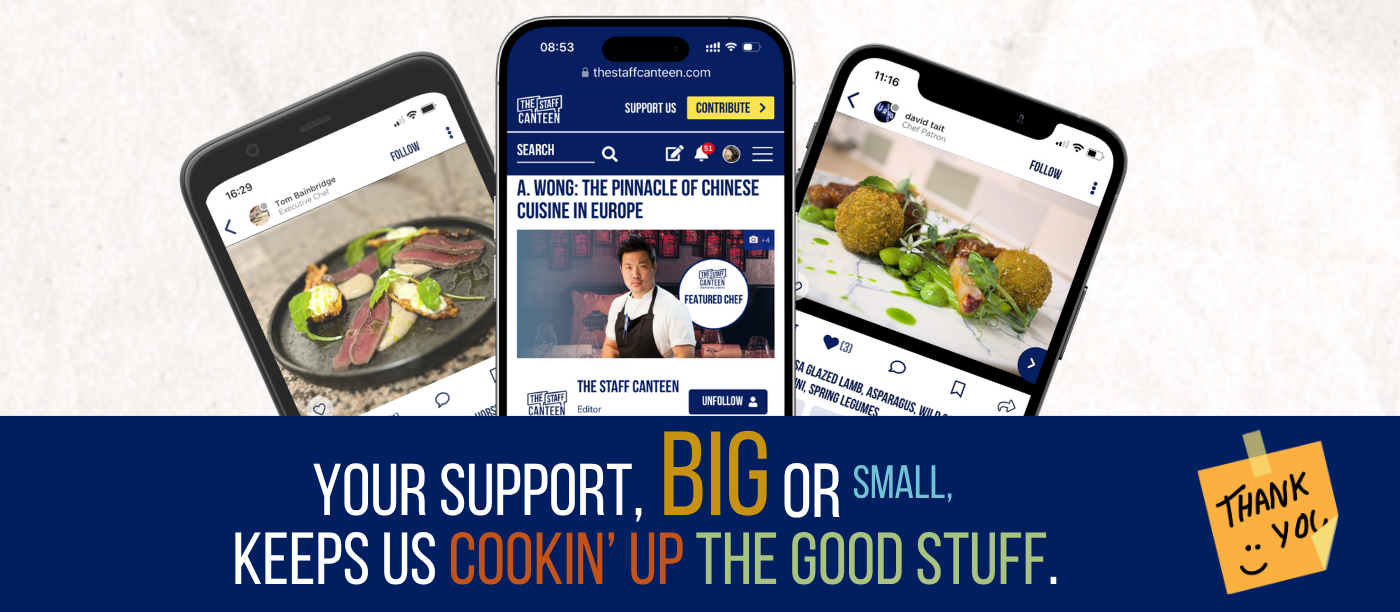What will the restaurant industry look like when the UK comes out of lockdown?

It's official: the hospitality industry will be one the last to come out of the UK-wide lockdown.
Many will have attentively watched our politicians navigate the uncertain territory of how to end the lockdown, triggered by the Covid-19 outbreak which has swept the world.
But it wasn't until the third weekend of April that the government, under pressure from industry bodies and senior politicians on the conservative backbenches and in leading opposition parties, finally began a public discussion about its plans to gradually let businesses reopen.
The obvious tension between protecting lives in the face of the virus and keeping the economy afloat - which of course will spare lives at risk as a result of widespread destitution, depleted public services and mass unemployment - has been a consideration for governments around the world.
Because social distancing is so much harder to implement in restaurants, bars, clubs and cafes, it is understandable that they might be some of the last, together with mass gatherings such as festivals and large sporting events, to be allowed to return to normal.
But where does that leave the business owners behind them, and how long can they last before they go under?
Tight margins are inherent to the modern restaurant. Between rents, business charges and overheads and salaries, restaurants exist on a knife-edge even in normal circumstances.
Will there be fewer restaurants at the end of this?
While the various government subsidies, (occasional) insurance payouts and rent freezes may allow restaurants to cling on for dear life until the lockdown ends, reopening comes at a cost.
In an interview with food critic, author and The Guardian columnist Jay Rayner, award-winning chef Angela Hartnett said: “People think there’s some pot of gold sitting in the bank.
“But there really isn’t. Restaurants are run on very tight margins.”
UKHospitality's Kate Nicholls said the onus is left on restaurants to ensure their own survival - rather than landlords, banks and insurance companies. “Too many landlords, banks and insurance companies are simply not sharing the pain of this.”
Not only this, but once state aid stops and flexible landlords'

rent holidays come to an end, most are likely to find it hard to muster up the necessary cashflow to get new stock in, cover the first months' wages, property management costs and rents.
What's more, everything will rest on customers rushing back out to eat, which is probable, but not certain.
How will the restaurants of the future protect themselves from this happening again?
In an op-ed for Fine Dining Lovers, Jeremy Chan, the chef and owner of Ikoyi, who saw the crisis loom early on, pondered what restaurants - not just his own, but across the UK and around the world - would look like once the effects of the coronavirus pandemic subside.
Whether it result in a precipitated switch-up of their business models - such as that which has already taken place, whereby some restaurants are not only offering takeaway services but retail meals, while others are helping their suppliers shift their produce to the public through home delivery services - this isn't always a possibility.
The chef said: "Now more than ever is the time to ask ourselves tough questions: what does sustainability mean if we cannot protect our staff and balance our accounts for longer than a month at a time? How can a restaurant group be stable when propped up by debt, with a large workforce and sites with varying levels of performance?"
Meanwhile, food writer and editor of Vittles Jonathan Nunn ventured a guess at the changes the virus might bring upon the industry.
Even before the outbreak, he states, many restaurants were on the brink of closure, a result of tight cashflow, costly overheads and a dependance on people travelling from abroad or across the country: "the number of restaurants going bust was on the up, and the high number of places opening was disguising the fact that most restaurateurs couldn’t see their business model as sustainable."
The solution, he argues, should come from the general public, whose expectation of highly available, top-quality food might have to reflect the true cost to the business.
But whether this is a realistic possibility remains to be seen.
Photo by Chris Panas on Unsplash

The Staff Canteen has always been more than a website—it’s a community, built by and for hospitality. We share the wins, the challenges, the graft, and the inspiration that keeps kitchens alive.
We believe in staying open to everyone, but creating this content takes real resources. If you’ve ever found value here—whether it’s a recipe, an interview, or a laugh when you needed it most—consider giving just £3 to keep it going.
A little from you keeps this space free for all. Let’s keep lifting the industry, together.














